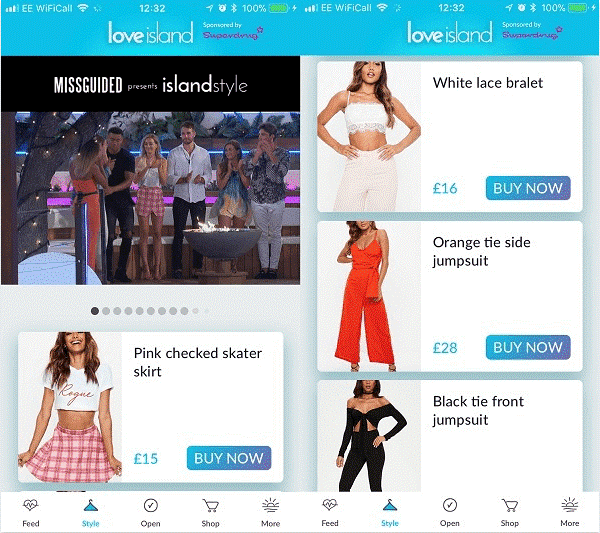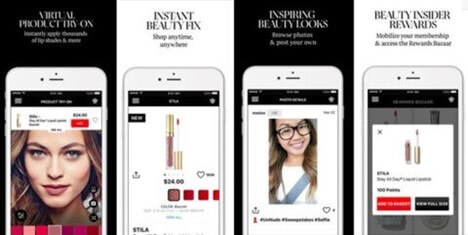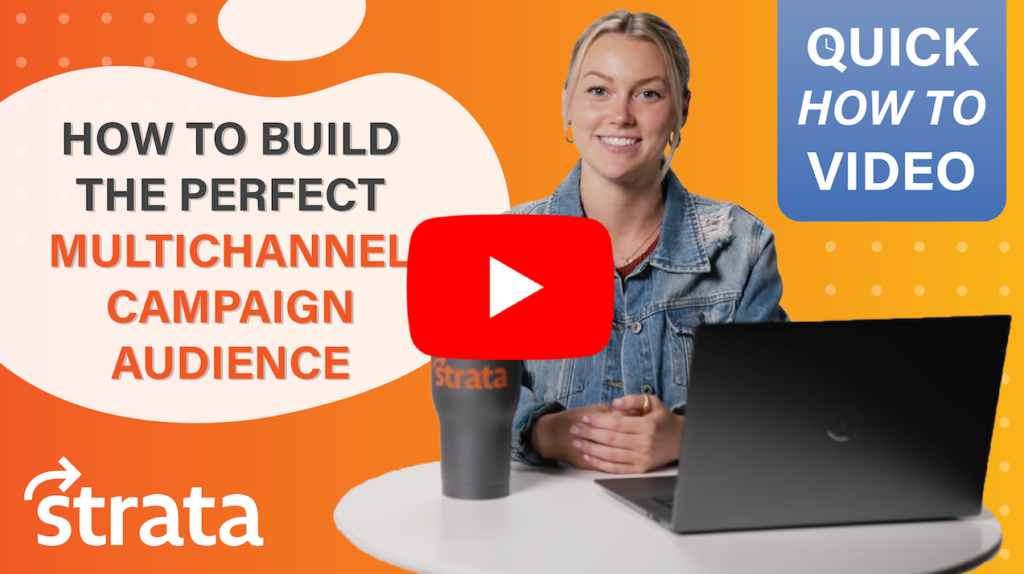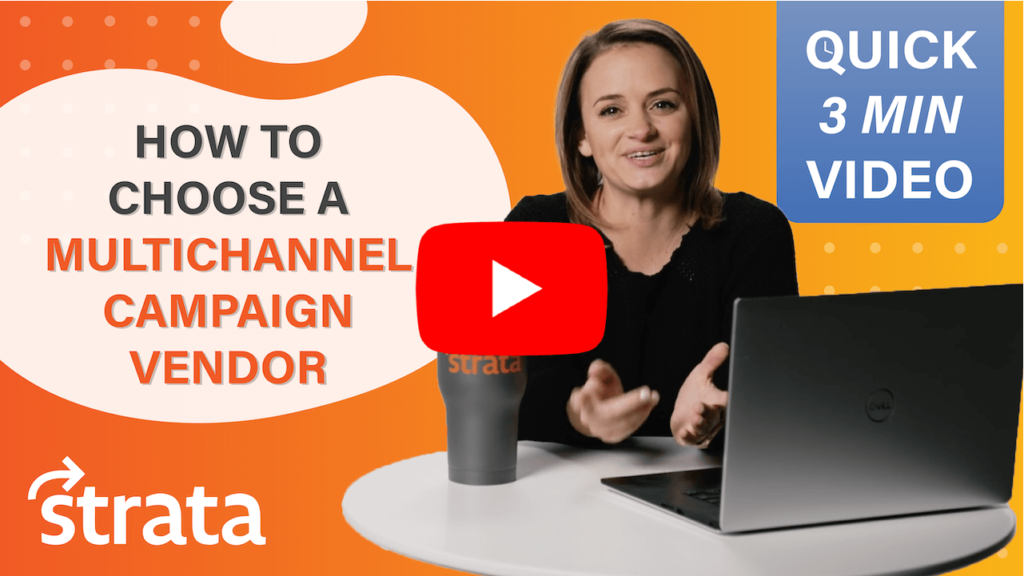A Strata YouTube Channel Original
We’ve all heard the saying “know your audience” before, but what does it really mean, and how will it help you plan your next multichannel marketing campaign? In our most recent YouTube video, we dive into some tips & tricks for targeting your perfect multichannel campaign audience.
Really Know Your Audience
Before you even start your campaign, you need to nail down who your audience is and why you’re targeting them. Recent surveys show that 74% of consumers get frustrated when they receive content that has absolutely nothing to do with their interests, which is the main reason companies are quickly switching to multichannel marketing campaigns – designed to be customer-centric, provide a top-tier experience, and drive high ROI. But success still comes down to how well you know your audience, which is why it’s so important to create accurate customer personas. A persona is simply a fictional character that represents the ideals and motives of your target audience. Some common (and extremely useful) research tactics to create correct customer personas are researching buying habits, consumer preferences, search behaviors, and communication methods. Don’t limit yourself to just one persona if it’s useful to create more! You can utilize several different personas depending on how diverse your target market is. It’s important to think beyond your “classic customer,” and diversify your buyer profiles.
The Buyer Journey
Outlining and creating a framework for your buyer’s journey will dramatically affect your sales. Some key questions to ask yourself to understand their journey are:
- “What purchases are being made?”
- “Where are the purchases coming from?”
- “How are they making purchases?”
These questions will help you build a premium customer experience from campaign start to finish. The more data you’re able to acquire on their buying habits/decisions, the better you’ll be at mapping out their customer journey. After narrowing down your audience, you can better source all imagery, content, and workflows they’ll come across throughout the campaign.
Want to learn more about perfecting your multichannel marketing audience? Click on the video below to hear more on this topic from our Marketing and Social Media Coordinator, Bridget. Or, if you’d like to discuss this concept with one of our multichannel experts, contact us today to get your next (or maybe your first) multichannel campaign started.
How to Take Advantage of These
Tiny Lapses of Time
In today’s digital world, whether we realize it or not, we’re surrounded by buzzwords. As we evolve and try to keep up with the newest technology and trends, these buzzwords continue to evolve as well. These terms can be intimidating if you’re new to the digital marketing realm. However, they’re usually simply better ways to understand digital strategies, tactics, and optimizations available to your company. The more comfortable you get with buzzwords, the more involved your company can be with this ever-changing digital world, especially over your competitors. In this first blog of the “Buzzword Alert” series, we’ll be breaking down a very popular buzzword – the “micro-moment.”
Micro-Moments – What Are They?
“I want it NOW” is what today’s buyers are saying during their buying journey. They want immediate gratification, and they’re making decisions faster than ever before. This moment of instant need is called a “micro-moment”; the moment of intention when a consumer turns to their device to act on a need or want. Micro-moments are intent-rich moments when decisions are made and preferences are shaped. In these specific moments, consumer expectations are higher than ever. Whether they’re looking to learn something, do something, discover, watch, or buy, they want to act in that exact moment. Since consumers are never too far from their devices and can find just about anything by the click of a button (91% of people use their mobile device to research information in the middle of a task), micro-moments are a game changer for many companies.
Why is it Beneficial to Know About These Moments?
Like we said, it’s so easy for consumers to quickly find something on their phones, giving your company the opportunity to utilize keyword research tools and social listening to help better understand where, when, and how they’re making purchasing decisions. These tactics will allow you to better optimize your products and services in real time based on your customer’s needs. And ultimately, this strategy will put you in a great spot (over your competitors) to offer more personalized content for your customers. If your company’s site pops up at the right moment and offers a buyer what they want, your brand’s performed a successful customer engagement. Maybe they’ll bookmark your page for later, send a link in a text message, watch a video, or – the end goal – buy your product.
How to Effectively Show Up in These Moments
Once you understand when and where your current and potential customers are showing up, make sure you are as well. The best way to show up and present your brand in these moments is to strategize being responsive and supportive. It’s one thing to make yourself available, but another to know how and what works best for your audience. Whether this is through a chat box, pop-up ad, or video, create a strategy that works across multiple channels so you don’t miss any potential customers. Usually, the more places you are, the better. Of online consumers, 69% agree that the quality, timing, and/or relevance of a company’s message influences their perception of that company’s brand. Make sure that when your customers are in these moments, they’re experiencing relevant content that resonates with them. Customers want deeper levels of engagement, so if you’re going to appear within their micro-moments, make your content something worth clicking on. With relevant information comes an effortless process to deliver it. Make your message intriguing yet simple to understand to minimize the chances of customer drop off. And if they do drop off – be sure to retarget. Autopilot found that brands who stay in touch with consumers every two to four weeks generate twice as many leads as brands who don’t.
See These Moments in Action

Here’s an example of relevant and easy placement. You’re on your computer streaming your favorite show and – in this moment – ads for the brand “Missguided” appears – offering relevant, related content. This clothing company’s advertising the same clothing women are wearing on the show you’re streaming. The brand’s realized that their target audience is often interested in this show, providing them the perfect moment to bring these outfits to your attention.

Another example? L’Oréal’s created a personalized mobile app called “Makeup Genius.” Within this app, when you take a picture of yourself, you receive customized makeup recommendations. These are rendered on the screen, and soon after, the app allows you to purchase the recommended makeup right from your phone. Here, L’Oréal both creates and takes advantage of these micro-moments of need.
In marketing, the name of the game is thinking ahead and being one step in front of your competitors and consumers. Micro-moments are all about showing up at the right time and place, with relevant and easy-to-digest information.
Interested in working micro-moments into your next digital marketing campaign? We are here to help! Contact us.
A Strata YouTube Channel Original
When building a multichannel marketing campaign, one of the first steps is to build a cost structure to set the direction of the project. If you don’t plan ahead, costs can add up quickly, so to help you out, our most recent YouTube video goes over the different costs behind a successful multichannel marketing campaign and how to make your next campaign both cost effective and impactful. Let’s go ahead and take a look at the first cost of a multichannel campaign.
Platform Cost (Managed Service Cost)
Picking a strong technology platform is a make-or-break decision that will determine how successful your multichannel campaign will be. Effective and coordinated multichannel marketing is only made possible through technology, so it’s essential you have access to it. A recent survey revealed that 52% of marketers utilize 3 to 4 marketing channels in one campaign, so the correct platform that can properly track and execute a campaign on many channels is imperative. If this is your first rodeo, pick a vendor to coordinate and manage these campaigns. Doing so will essentially convert the majority of the upfront costs to variable execution costs and will make the campaign easier to manage. Make sure the platform you choose properly aligns with your business strategy, as only 16% of marketers claim they have this alignment. Generally, your company should budget between $20k and $40k for a solid, multichannel-capable platform that will get the job done.
Want to learn about the two other costs associated with multichannel marketing campaigns? Click on the video below to hear from our Research & Development Director, Harrison. Or, if you’d like to discuss this concept with one of our multichannel experts, contact us today to get your next (or maybe your first) multichannel campaign up and running.
A Strata YouTube Channel Original
Choosing the right multichannel campaign provider can be difficult, especially if you don’t know exactly what you need. Come along as we walk you through a few things to keep in mind when making this decision and understanding what best fits your company’s wants and needs.
Research, Research, Research
When searching for a multichannel provider, make sure you’re choosing one that understands the size of your business, your budget, and your end goals, and one that has experience in every aspect of multichannel marketing, not just one. If you’re stuck, it can be helpful to ask yourself the following questions before getting started; What is the size of your industry? How have sales been? What goals does it make sense for your company to set? It’s important to define your business objectives before starting to search for a partner. At the end of the day, your team members are the only ones that truly know your company, so the more you provide these possible vendors and the more you research, the better.
Data Optimization
You know what they say… you’re only as good as your list. Partnering with someone that has the ability to enhance, enrich, and fill the gaps within your data is key. You don’t want a one size fits all approach, because each company is different. Without data, you’ll never know what’s working and what’s not. Crafting not only a list but a targeted list will make all the difference. That includes demographics, psychographics, behavioral, and B2B firmographic info. Considering 51% of companies today use at least eight channels to interact with customers, why wouldn’t you want to start using multichannel marketing?
Want to learn more about the other two components to consider when choosing your multichannel campaign vendor? Click on the video below and hear from our Marketing Manager, Caitlin. Or, if you’d like to discuss this concept with one of our multichannel experts, contact us today to get your next (or maybe your first) multichannel campaign started.




